A Lovely Day’s Journey to Donegal’s Cliffs of Slieve League
February 28, 2016
A real highlight of last fall’s trip to Ireland was a visit to the dramatic cliffs of Slieve League, a magnificent mountain on the Atlantic coast of Donegal. Although less famous than the Cliffs of Moher in County Clare, Slieve League’s cliffs reach almost three times higher. We were told that the best view of of the cliffs is from the water, so we set off for nearby Teelin Harbour, home of Slieve League Boat Trips. The drive to get there was delightfully scenic.
We left from our home base at the wonderful Inishduff House in Kilcar, and made a leisurely drive north along the coast road that wound past charming homes, old and new . . . nestled together or standing apart, above beaches and inlets, skirting villages, and alerting several sheep that were curious enough to stand by on a precarious perch or look on from a leafy glade to watch me make photographs.
By the time the tiny fishing village of Teelin was in sight, the clouds had rolled in, and the weather looked threatening, but we carried on, deciding that rain or shine we would make the cruise.
As so often is the case in Ireland, within minutes of arriving across from the pier where the 24-person Nuala Star cruise boat was moored, the sun had broken through to reveal Teelin Harbour in all its glory. It was interesting to learn that Teelin is one of the first settlements to appear on maps of Ireland.
After leaving the shelter of Teelin Harbour, it was only a short cruise along the Atlantic Ocean coast before the lush green hills transitioned into grey-rocked cliffs.
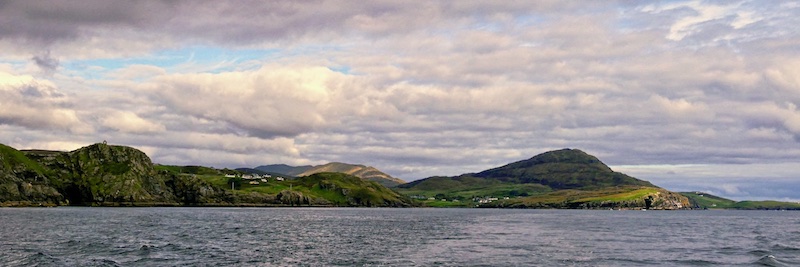
Once Sleeve League came into full view, the mountain appeared just as Belfast naturalist Robert Lloyd Praeger described it in 1939: “A tall mountain of nearly 2000 feet, precipitous on its northern side, has been devoured by the sea till the southern face forms a precipice likewise, descending on this side right into the Atlantic from the long knife-edge which forms the summit.”
I used the auto pano feature of my Lumix FZ1000 to capture the seaside view of the cliffs below.
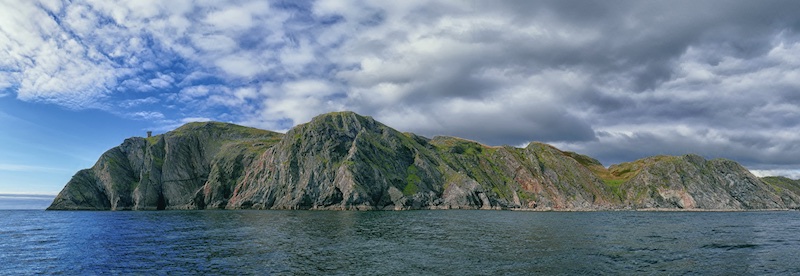
It’s hard to get a sense of scale of the cliffs either from the sea or in photographs, so it was helpful to hear Nuala Star Captain Paddy Byrne, shown below, explain to Jim that at its highest point, Slieve League is taller than the Empire State Building by some 75 stories.
Paddy also pointed out that signal Towers on Slieve League cliffs were built by the British to warn villagers of any possible encroachments by the French army under Napoleon during the early 19th century.
I got a better look at one of the towers through the “digital zoom” function of the FZ1000 that effectively extends the fixed super-zoom (25mm to 400mm) lens magnification well beyond the 400mm end, which really comes in handy in situations such as this.
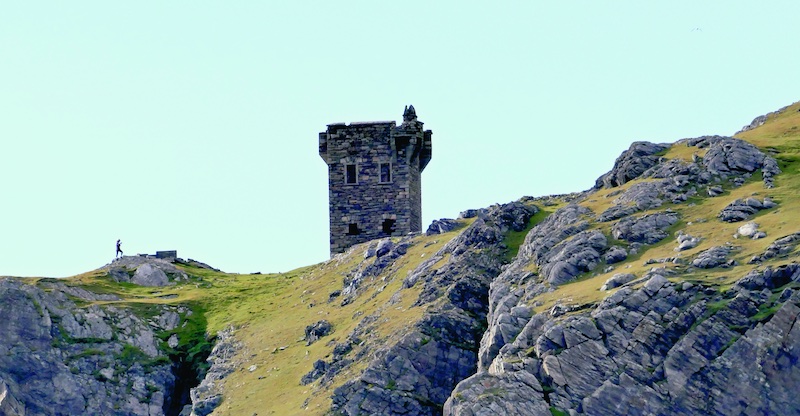
On the trip back, the Nuala Star hugged the coastline so that we could get a good look at the mountain’s beaches and sea caves.
Once back in the harbour we noticed the remains of an old church that stands beside the pier marking the spot where a community of 5th century Teelin monks lived before they undertook the precarious seajourney to Iceland, an extraordinary undertaking by the standards of that time. Along side of the ruins is this lovely stone carving that honors the monks with a plaque that reads: “In memory of the Teelin monks who sailed to Iceland in the 5th Century.”
In the future, I hope to return to Slieve League on a dull, overcast day to capture the true wildness of the countryside both on top of the mountain and below it on the shore. I suspect that on such days you will sense the ancient rhythm of the waves crashing into this magnificent mountain, as they have done for so many centuries. It is fascinating to recognize that what we see today when we gaze upon Sleeve League is exactly what the very first men and women saw when they found their way to this mesmerizing land.
. . . . . . . . . . . . . . . . . . . . . . . . . . . . . . . . . . . . . . . . . . . . . . . . . . . . . . . . . . . . . . . . . . . . . . . . . . . . . . . . . . . . . . . . . . . .



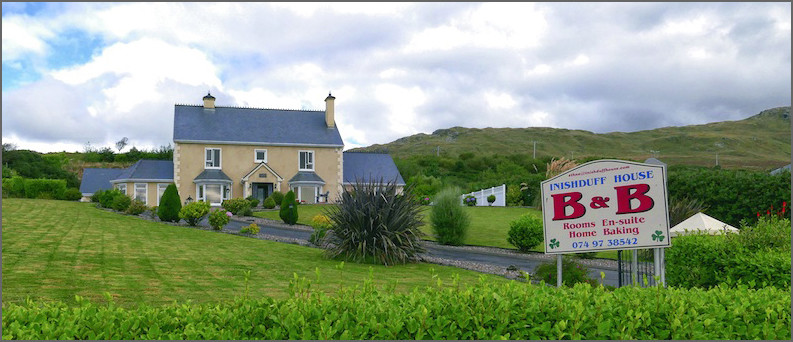
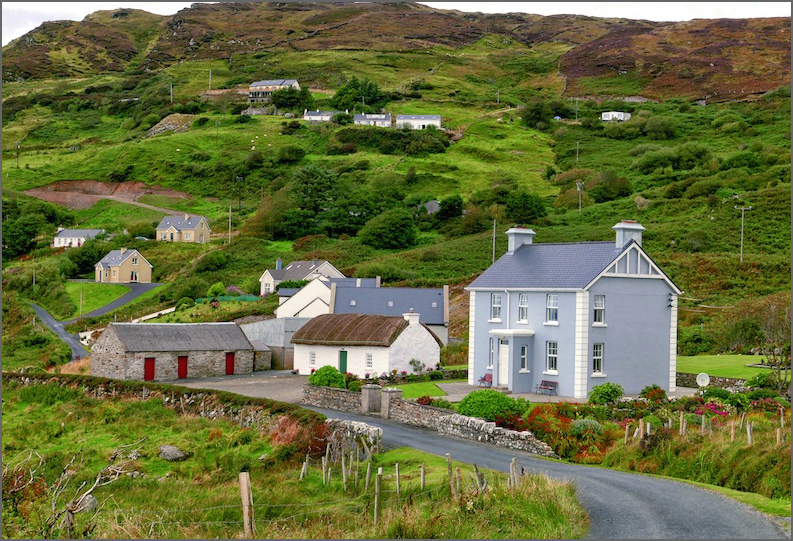

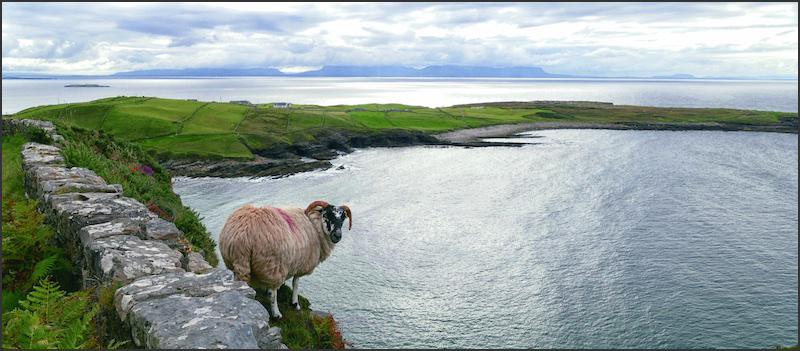

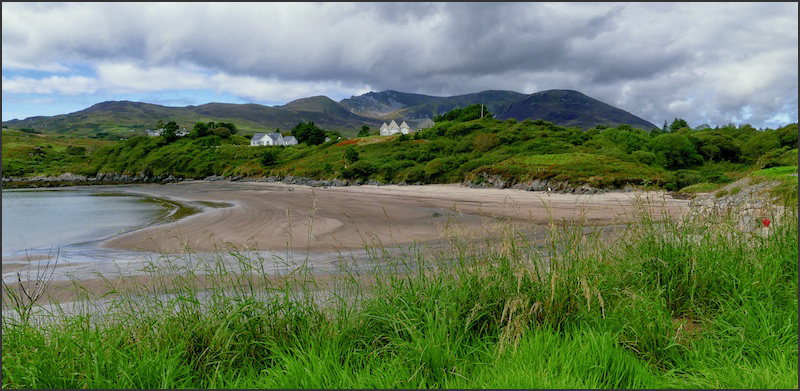
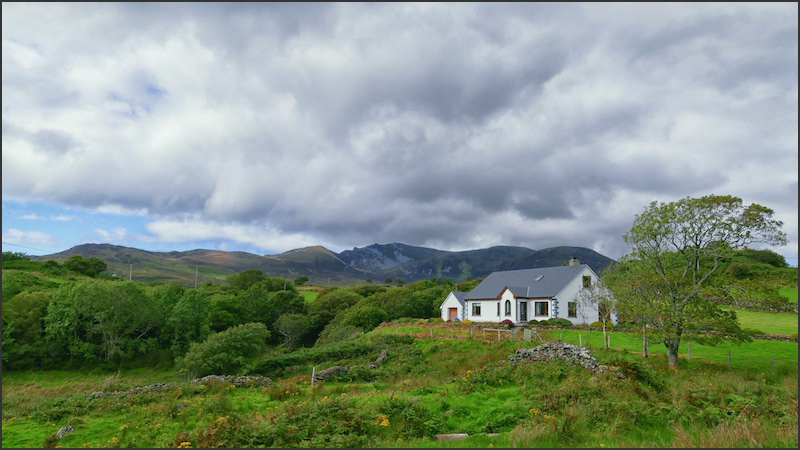

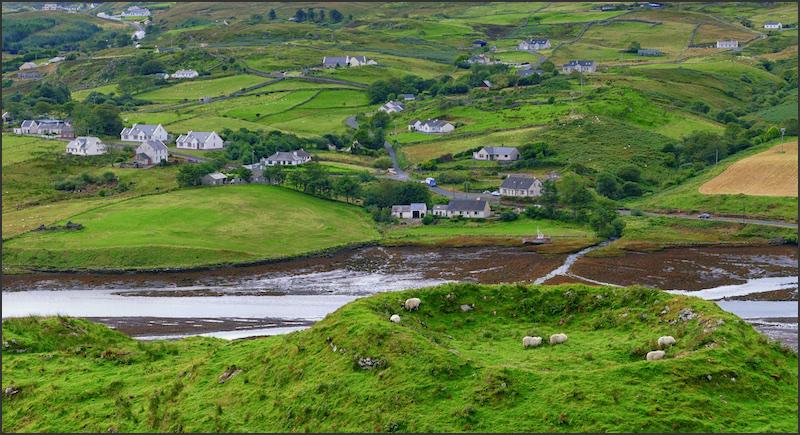

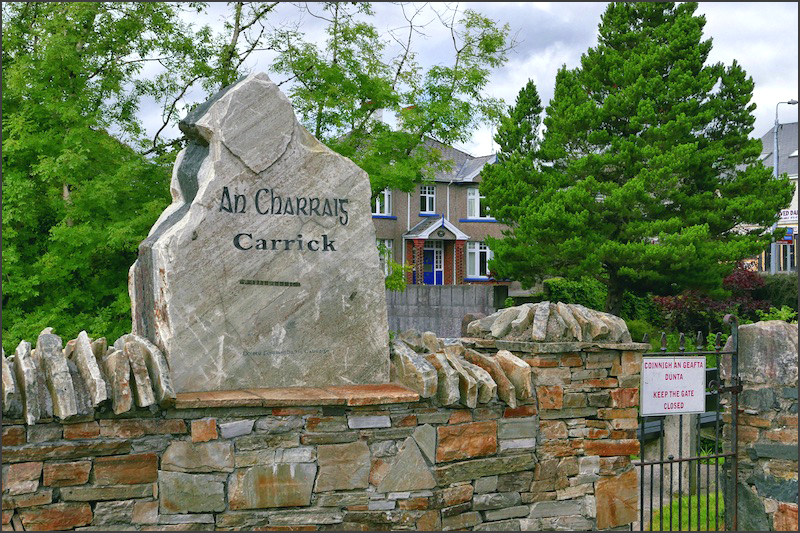
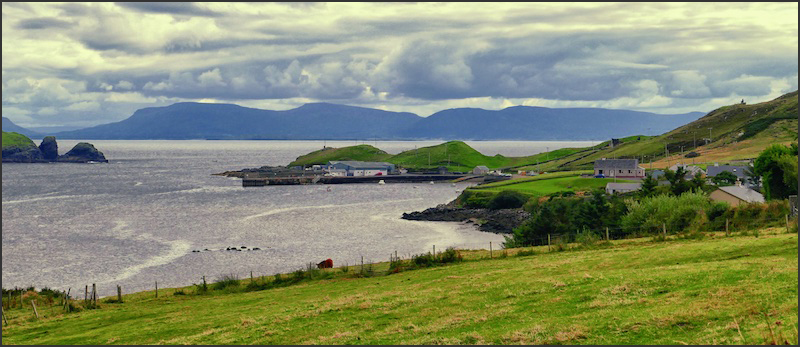
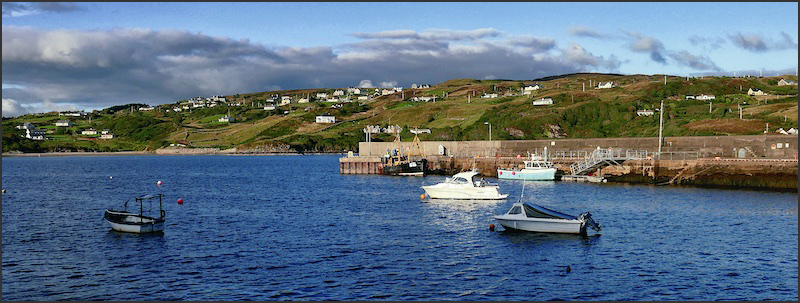
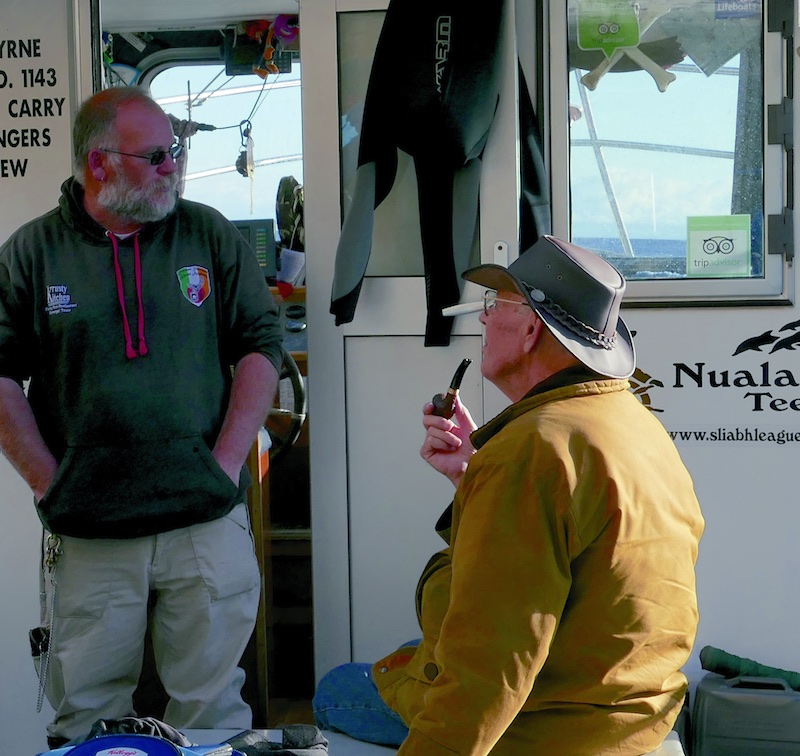
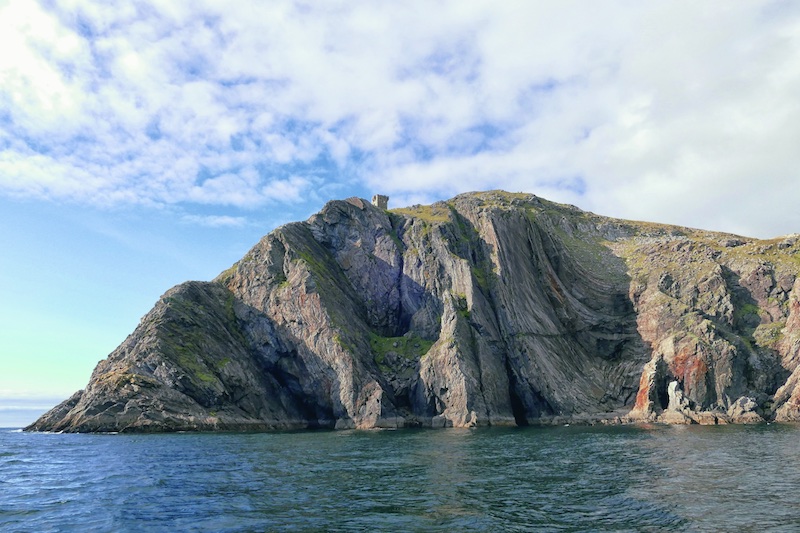

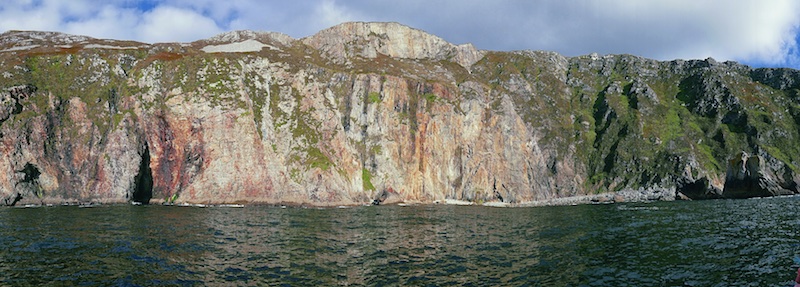
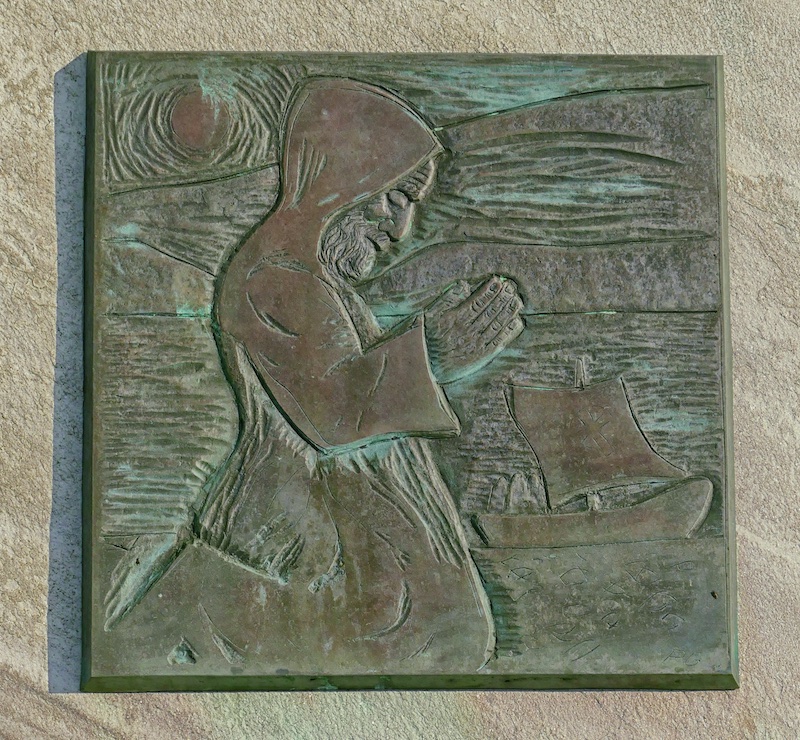



View Comments